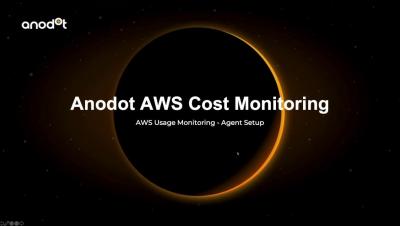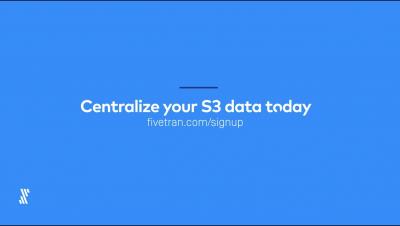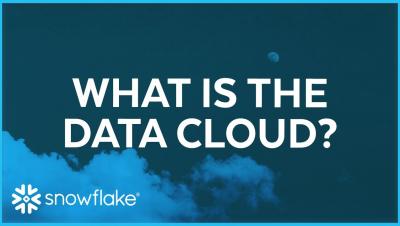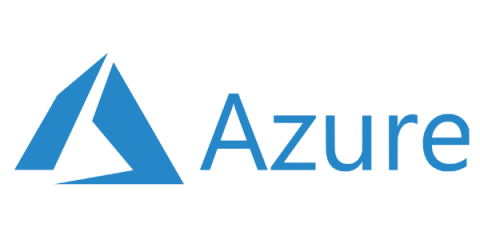Systems | Development | Analytics | API | Testing
Cloud
Building an effective data approach in a hybrid cloud world
“In today’s world of disruption and transformation, there are a few key things that all organizations are trying to figure out: how to remain relevant to their customer base, how to deal with the pressure of disruption in their industry and, undoubtedly, how to look to technology to help deliver a better service.” Paul Mackay Today we are sitting down with Marc Beierschoder, Analytics & Cognitive Offering Lead at Deloitte Germany and Paul Mackay, the EMEA Cloud Lead at Cloudera to dis
Eliminate the pitfalls on your path to public cloud
As organizations look to get smarter and more agile in how they gain value and insight from their data, they are now able to take advantage of a fundamental shift in architecture. In the last decade, as an industry, we have gone from monolithic machines with direct-attached storage to VMs to cloud. The main attraction of cloud is due to its separation of compute and storage – a major architectural shift in the infrastructure layer that changes the way data can be stored and processed.
S3 Integration Setup
Global Snowflake
What is the Data Cloud?
Setup Lenses.io on AWS MSK
OctoPerf 11.9 - Azure on Demand, New JMeter, Setup/Teardown Threadgroups and More
Here we are for yet another new release of OctoPerf. We’ve actually released two minor versions since the last update post, but this time we will also release a long awaited feature, Microsoft Azure on demand load generators!
Enterprise data strategy: the right way to the cloud
Clive Humby stated, as far back as 2006, “data is the new oil.” The quote really took off following this 2017 report from The Economist. As a former chemical process engineer, oil immediately makes me think of refining it. Today’s analytics platform for the complete data lifecycle does the same for data as the refinery distillation columns does for crude oil: distilling value.
Closer Integration Announced For Azure Event Hub
We're happy to announce that we have just launched our improved integration for the Azure Event Hub, allowing DevOps & Security professionals to send log data for analysis easier than ever. This announcement comes as Microsoft’s Azure Event Hub reaches its highest global popularity as a data ingestion service. The integration ensures best-in-class performance across a variety of use cases using Azure.









